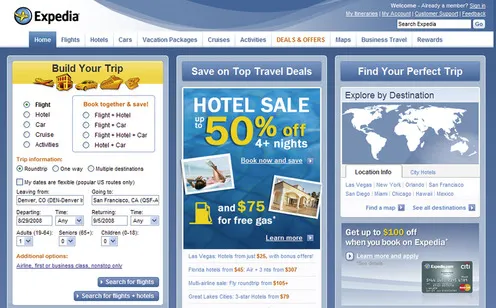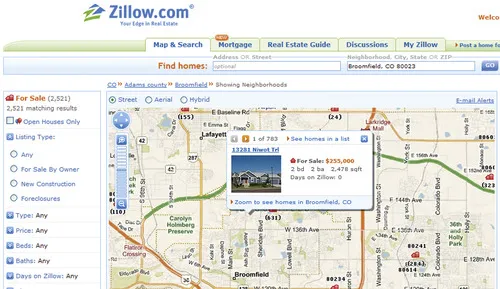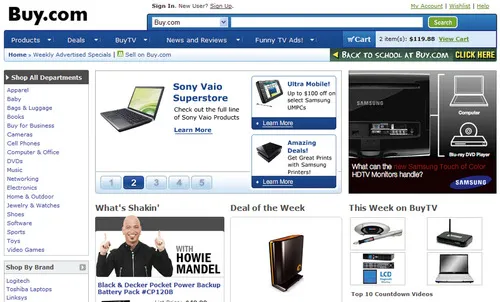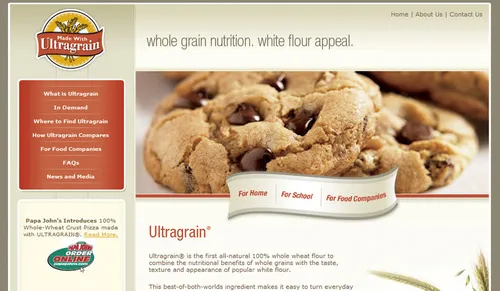
- 448 pages
- English
- ePUB (mobile friendly)
- Available on iOS & Android
Web Application Design Patterns
About this book
Ever notice that—in spite of their pervasiveness—designing web applications is still challenging? While their benefits motivate their creation, there are no well-established guidelines for design. This often results in inconsistent behaviors and appearances, even among web applications created by the same company. Design patterns for web applications, similar in concept to those for web sites and software design, offer an effective solution. In Web Application Design Patterns, Pawan Vora documents design patterns for web applications by not only identifying design solutions for user interaction problems, but also by examining the rationale for their effectiveness, and by presenting how they should be applied.- Design interfaces faster, with a better rationale for the solutions you choose.- Learn from over more than 100 patterns, with extensive annotation on use and extension.- Take a short-cut into understanding the industry with more than 500 full-color screenshots.
Frequently asked questions
- Essential is ideal for learners and professionals who enjoy exploring a wide range of subjects. Access the Essential Library with 800,000+ trusted titles and best-sellers across business, personal growth, and the humanities. Includes unlimited reading time and Standard Read Aloud voice.
- Complete: Perfect for advanced learners and researchers needing full, unrestricted access. Unlock 1.4M+ books across hundreds of subjects, including academic and specialized titles. The Complete Plan also includes advanced features like Premium Read Aloud and Research Assistant.
Please note we cannot support devices running on iOS 13 and Android 7 or earlier. Learn more about using the app.
Information
Introduction
 |
| Figure 1.1 Users can manage their email via the Web, as in this example from Yahoo! Mail, which is similar to its desktop counterparts such as Microsoft Outlook, Mozilla Thunderbird, and Eudora. |
 |
| Figure 1.2 Users can search for travel options and make reservations using web applications like Expedia. |
 |
| Figure 1.3 Users can find homes for sale, assess the value of a home, and see recent sales of homes in a neighborhood on sites such as Zillow.com. |
 |
| Figure 1.4 Users can buy products on sites like Buy.com. |
 |
| Figure 1.5 Ultragrain allows users to access static information about the company and its products on its web site (www.ultragram.com). |
Benefits of Web Applications
Ease of access
Ease of deployment
“Trained” user base
Maturity and reliability of network connectivity and web technologies
Challenges to Designing Interfaces for Web Applications
“Loosely coupled” web architecture
Limited set of controls, or widgets, to support application design
Table of contents
- Cover image
- Table of Contents
- Copyright Page
- Dedication
- Acknowledgments
- About the Author
- Chapter 1. Introduction
- Chapter 2. Forms
- Chapter 3. User Authentication
- Chapter 4. Application Main Page
- Chapter 5. Navigation
- Chapter 6. Searching and Filtering
- Chapter 7. Lists
- Chapter 8. Rich Internet Applications
- Chapter 9. Social Applications
- Chapter 10. Internationalization
- Chapter 11. Accessibility
- Chapter 12. Visual Design
- Chapter 13. Pattern Libraries
- References
- Index
- Web Appendix. Help